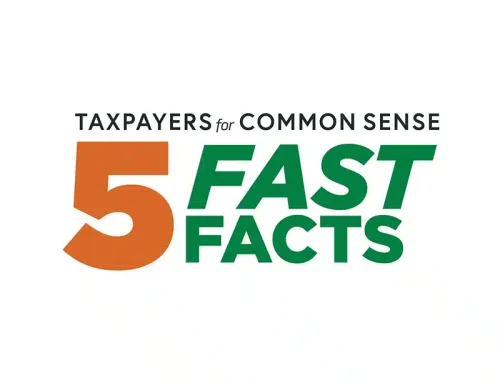As the anniversary of the tsunami and the ensuing Fukushima disaster approaches, many will reflect on the use of nuclear power to safely meet our energy needs. The most devastating nuclear disaster since Chernobyl has prompted lawmakers, the media, and the public all over the world to question the viability of nuclear power. Japan, once a nuclear powerhouse, now has only two of their 54 reactors operating. Germany abruptly canceled their nuclear program, aiming to take all reactors offline by 2022. But the negative response hasn’t been universal. The U.S. has taken a different path and given new signs of support for an industry revival, awarding the first license for a new reactor since 1978, and has an $8 billion Treasury-backed loan guarantee pending for that same project.
Whatever your take on whether or not a nuclear renaissance should be in our future, one thing should be made clear to all—nuclear power is very expensive. The cost of nuclear power is so daunting that across the globe nuclear reactors rely heavily on government support from cradle to grave. That equals government subsidies piled on top of government subsidies: France, Japan, the U.S., and every other country that relies on nuclear power, all provide a lucrative government support system to the industry.
One of the most valuable subsidies for the industry comes in the form of insurance in the event of a nuclear accident. Originally enacted by Congress in 1957 as a “temporary” shield to the nuclear industry as it struggled to get off the ground, the Price-Anderson Act has become a near-permanent fixture of the federal government’s support of nuclear power. The Price-Anderson Act puts a cap on the amount of liability a nuclear company must bear and places anything beyond that on federal taxpayers. In 2005, Congress extended the Act until 2025. It’s difficult to put a price tag on what this could cost taxpayers, but looking across the Pacific at Fukushima it clearly could be a hefty liability–estimates are in the hundreds of billions of dollars–and should be one the industry bears itself.
Taxpayers also subsidize the industry with risk insurance on reactor construction. If there is a delay because of a safety, security, or financial concern, taxpayers are stuck with the tab. But wait, there’s more! Taxpayers are also on the hook for more than $18 billion in loan guarantees to help construct new nuclear reactors. Last year, the Department of Energy awarded its first conditional guarantee for $8.3 billion to Southern Company in Burke County, Georgia. This massive guarantee is brought to you by the same fatally flawed program that gave the nation Solyndra, the solar start-up that defaulted on a $535 million loan guarantee. DOE has upped the ante this time and taxpayers stand to lose a lot more.
We’ll leave others to debate the pros and cons of nuclear power. But we will say this—the U.S. cannot afford to shoulder the high price tag and long term fiscal risks. If the industry cannot figure out a way to manage its long-term risks, the taxpayers should not step in. This is especially true when the nation is staring into a $15 trillion chasm of debt. After more than 50 years of subsidies and support, it’s well past time for the nuclear industry to stand on its own two feet. Fukushima has vividly and sadly illustrated that the costs of doing otherwise would be severe.
###
TCS Quote of the Week
“There’s nothing wrong with being a liberal or conservative…What’s wrong is we can’t find common ground on issues that require it.”— Sen. Lindsey Graham, R-S.C (ABCNews)











Get Social